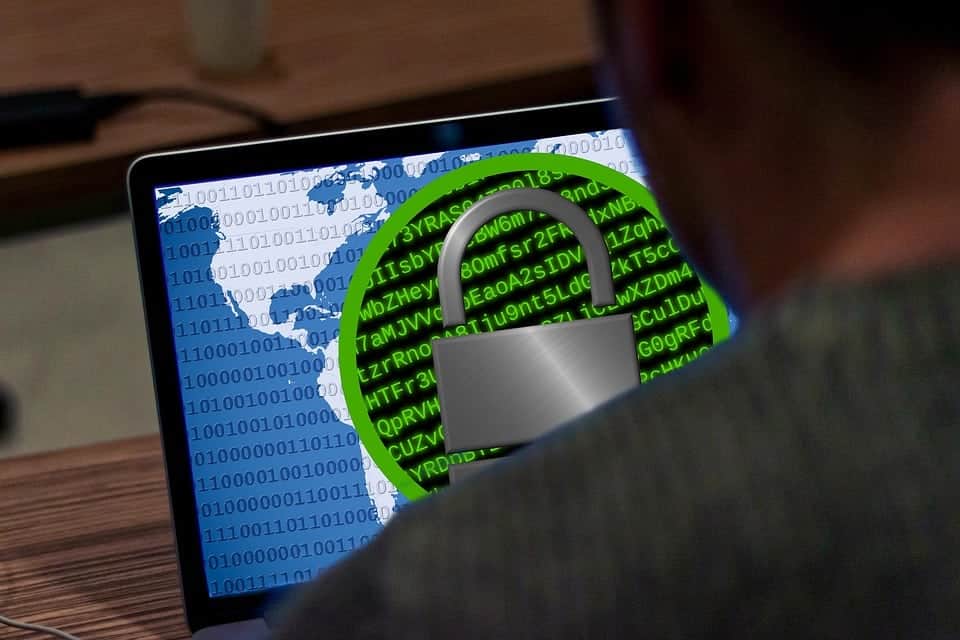A report recently released by a cybersecurity firm revealed that over half of executives surveyed responded that they had gave into ransom demands after their network had been breached by hackers. The 2018 Executive Application and Network Security Report collected responses from hundreds of c-level officers and found several significant trends. 69 percent of those surveyed had experienced a ransomware attack during the past year (the 2016 report had recorded only 14 percent), and 66 percent admitted their networks were completely vulnerable to hackers.
Ransomware became synonymous with cyber attacks as the rate and scope of reported breaches escalated tremendously in recent years. Organizations and individuals across the globe were affected, from the personal computers of private citizens to public institutions using expansive, complex networks. Several notable variants appeared in successive order, from Petya to WannaCry to many other examples. Ransomware files became a popular commodity on Dark Web marketplaces, and there were even vendors pitching “ransomware-as-a-service” packages for incredibly cheap prices.
The continuing threat of ransomware in 2018 is a topic that is currently being debated over, with some experts claiming that the frequency and viability of attacks is beginning to decrease as victims and authorities develop improved response and defense systems to breaches. However, there are two generally agreed upon points that will affect the future threat of ransomware. First, hackers are readjusting their focus from targeting individuals with ransomware to deploying it much more frequently in the enterprise space for greater returns. Second, the upsurge in victims reporting that they had fallen prey to ransomware attacks is disrupting the effectiveness of targeted breaches.
There is also a third factor that will determine if ransomware remains a popular attack vector for cybercriminals in the future, and that is whether it is used not as a tool to directly solicit funds from victims, but as a preliminary breaching method that permits access to more lucrative gains. For example, hackers may decide to use records of ransoms paid to continue blackmailing victims into submitting future payments. Paying off a cybercriminal who has infected your system with ransomware gives no guarantee that they will not strike again in some way, or even return access to the files they have encrypted.
As previously indicated, not giving into a hacker’s demands is not only the most secure way to ensure you are subjected to repeat attacks, but it also helps in eliminating the incentive behind ransomware as an attack vector. Reporting ransomware is the most effective way to bring networking breaching trends to light and help contribute to generating solutions against this threat. Similarly, the most efficient way of ensuring you retain access to your critical files is to take advantage of our business continuity service, which includes a backup and disaster recovery solution.
Backing up and retrieving your data is the best way to preserve both your information and your peace mind concerning your network security. It is also the best defense against the threat of ransomware, as shown in this video where SWK Network Services deployed our BDR solution to help Continental Food and Beverage, distributor of Inca Kola, recover completely from a breach.
Download our free e-book, “Ransomware and Office 365 for Business,” to learn about the vulnerabilities in your Microsoft Office installation and how you can overcome them.
[fc id=’34’][/fc]


